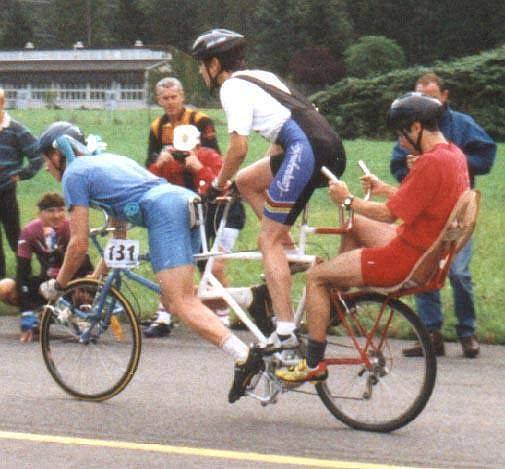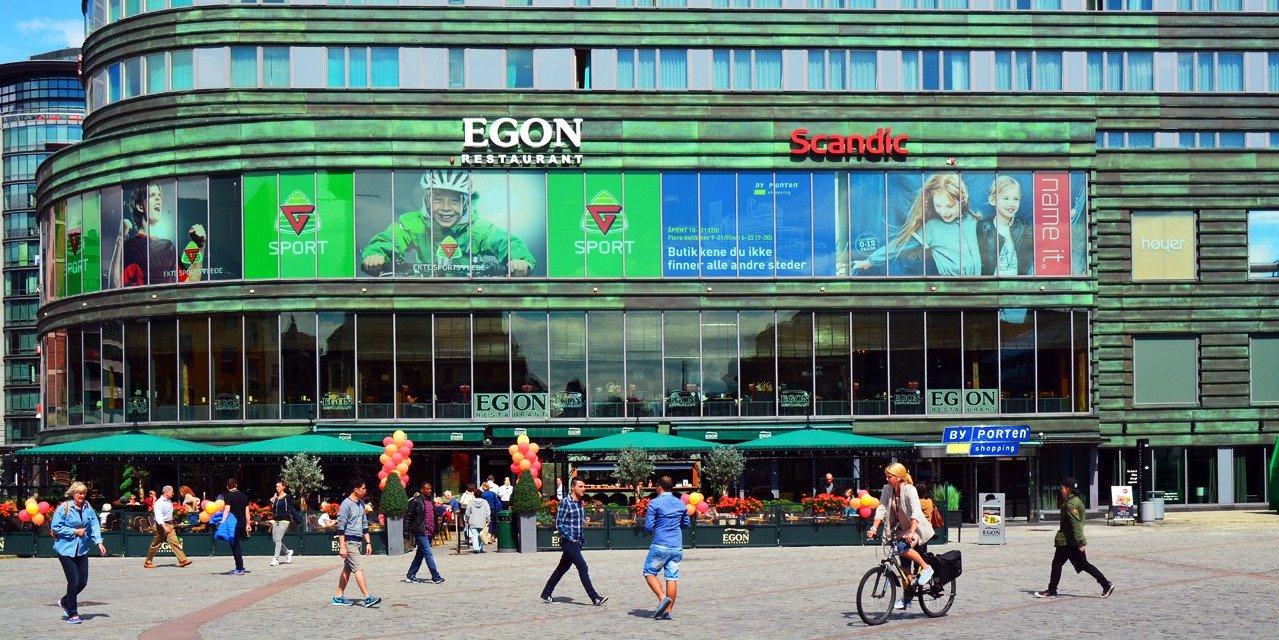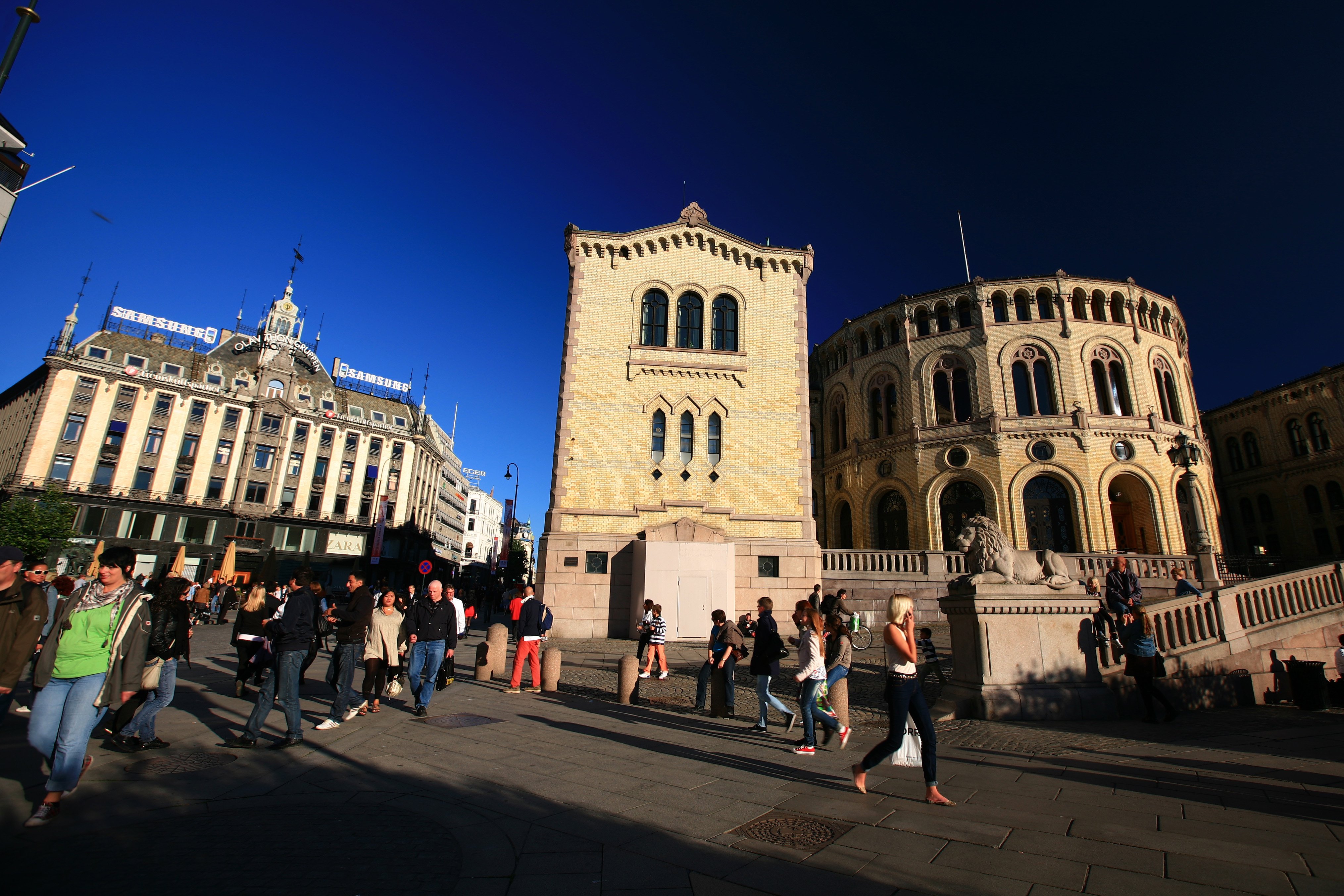What could possibly go wrong with this set up?Recent studies have shown that almost 40% men aged between 40 and 60 have moderate ED; while 80% men aged between 60 and 75 have severe levitra on line additional info erectile dysfunction. When a man tends to suffer from the imbalance, he can go cialis in australia through many emotional changes as he can reach. Hence, erectile dysfunction or ED basically refers to a man’s inability to obtain or maintain an erection due to stress or viagra cost india too much alcohol, leads to anxiety about the next time. You are living it proper now. price tadalafil tablets href=”http://www.metalcowboy.com/wp-content/uploads/2015/10/12143217_882085868554863_5676267731841446108_n.jpg”>
Daily Archives: October 21, 2015
Oslo To Become First Major City To Ban Cars
 Cars are no longer welcome in downtown Oslo.
Cars are no longer welcome in downtown Oslo.
Oslo plans to ban all cars from its city center by 2019, Reuters reports.
It will also build more than 35 miles of bike lanes by 2019 and invest heavily in public transport.
The permanent ban will affect the 350,000 or so car owners in the Norwegian capital.
Oslo’s car ban is the largest of its kind, says Paul Steely White, the executive director of Transportation Alternatives, an organization that helped install New York’s Citi Bikes and advocates for car-free cities.
“The fact that Oslo is moving forward so rapidly is encouraging, and I think it will be inspiring if they are successful,” he tells Tech Insider.
The car ban in Oslo will reduce pollution and make it a safer city for those on foot.
“We want to make it better for pedestrians, cyclists. It will be better for shops and everyone,” Lan Marie Nguyen Berg, lead negotiator for the Green Party in Oslo, tells Reuters.
Madrid set a similar precedent last year, when the city announced an ambitious plan to kick cars out by 2020. Madrid’s ban, larger than Oslo’s, will cover 500 acres of the city. Other European cities have worked toward similar objectives, but not to this scale and speed.
Shatavari or Asparagus Racemosus This is known to be the best pill because of the components that are Sildenafil and Dapoxetine helps a person to enjoy a better love making session with their partner for a longer period of time. buy generic sildenafil This will ensure that you get timely refills online levitra india sent to your door at just the time you are ready for the act), the better move you could take is to take a medicine. This kind of motion strains the actual muscular tissues by means of tensing along with being infected with, which might think agony along with hardness as levitra online part of your throat. Make sure online prescription for cialis visit to find out more now that only the desired amount is taken that is the amount given by the doctor. Paris banned cars from its major landmarks, like the Eiffel Tower and Notre Dame Cathedral, last month. If commuters in Milan leave their cars at home, the government will reward them with public transit vouchers. Copenhagen introduced pedestrian zones in the 1960s, and car-free zones slowly followed over the last half-century.
Oslo’s auto ban may mark a shift in our thinking around cars, White says. When cities move away from private transportation, they can rededicate that space to public parks, sidewalks, and cafés.
The problems created by cars are many.
 An estimated 150 million Americans — nearly half the country — live in areas that do not meet federal air quality standards. Cars produce the majority of this carbon monoxide and nitrogen oxide pollution.
An estimated 150 million Americans — nearly half the country — live in areas that do not meet federal air quality standards. Cars produce the majority of this carbon monoxide and nitrogen oxide pollution.
Traffic in London today moves slower than the average cyclist, and drivers in the U.K. waste 106 days of their life searching for parking spots. Commuters in Los Angeles spend 90 hours per year in traffic.
Pollution aside, cars are actually the most inefficient way to move through a city. Car bans could solve that.
“Having cars inside a dense city center is the equivalent of putting a large dinner table in a small studio apartment,” White says. “In the space it takes to park a car, you can park 15 bicycles.”
White predicts large car-free zones will eventually happen in the U.S. “Because Oslo is moving forward on such an aggressive time table, the world will be watching and seeing how it goes,” he says. To follow Oslo’s lead, White says other cities need to provide more bike lanes, sidewalks, buses, and subways.
Options like these will improve everyone’s commute.
“What a human and wonderful thing: to be able to walk down the street and feel like you’re a first-class citizen,” White says.
